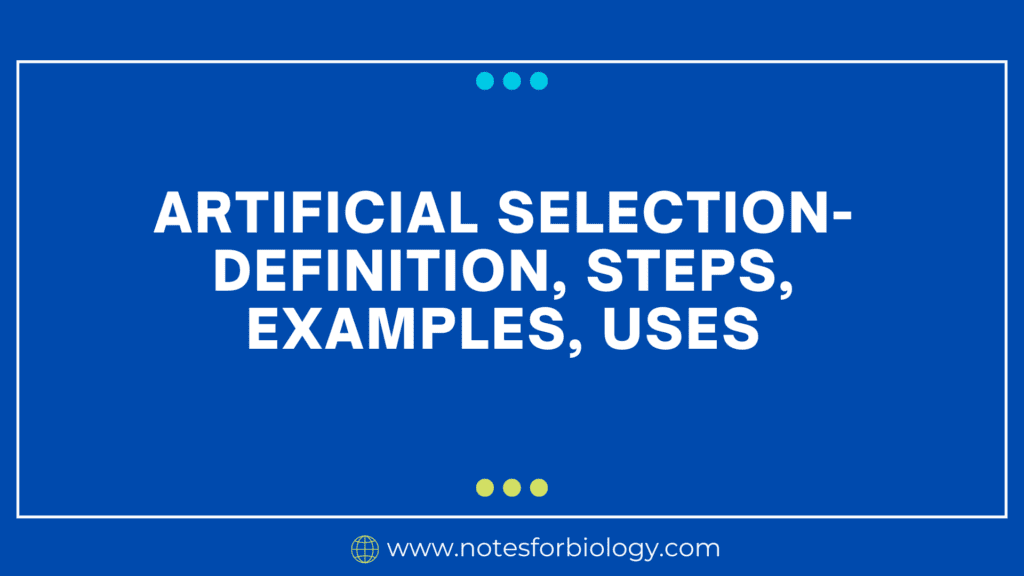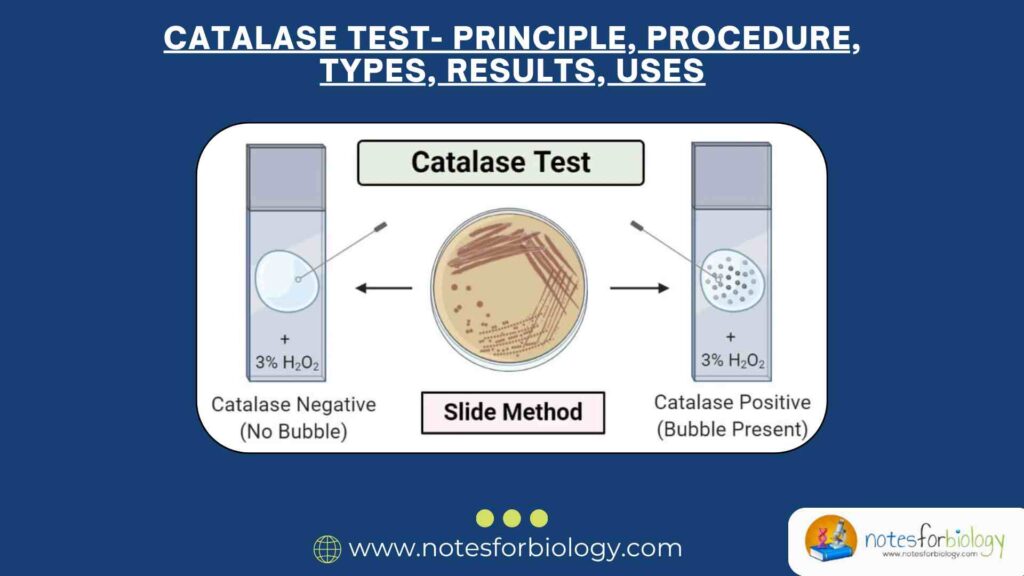What is Artificial Selection?

Artificial Selection is the deliberate breeding of plants or animals with desired features to generate offspring with those same traits is called artificial selection, or selective breeding. Many domesticated species, including crops, animals, and pets, have been developed as a result of this process, which dates back thousands of years.
Table of Contents
Steps of Artificial Selection
The steps of Artificial Selection
Identify Desired Traits
The first stage involves figuring out the precise qualities that breeders hope to improve or expand among the population. These characteristics could be linked to production, behaviour, size, colour, or any other attribute that is seen to be desirable.
Select Parental Stock
Breeders pick members of the current population who most visibly display the desired features. These people serve as the breeding program’s parental stock.
Crossbreeding

By combining individuals from several populations or breeds that have complementary features, breeders may occasionally introduce genetic variety. This can contribute to the introduction of novel gene combinations and increase the breeding population’s genetic diversity.
Selective Breeding

Breeders use selective breeding to ensure that desirable traits are passed on to their offspring by mating only those individuals from the parental line who exhibit those traits. To attain the appropriate degree of trait expression, this could take several generations of selective breeding.
Evaluation and Repetition
The breeding procedure is carried out repeatedly over a number of generations, with each generation’s progeny being carefully assessed. Breeders evaluate the degree to which the desired qualities are being retained or enhanced, and they modify the breeding programmer as necessary.
Selection and Culling
Those who don’t satisfy breeding standards or don’t have the desired features are eliminated from the population, while those who strongly display the desirable traits are kept as breeding stock for the following generation.
Documentation and Record-Keeping
Detailed records about the pedigree, traits, and genetic makeup of every member of the breeding population are maintained at every stage of the breeding process. Breeders can use this information to track the development of the breeding programmer over time and make well-informed judgements about which individuals to pick for breeding.
By taking these processes, breeders can progressively improve and hone particular features within a population, leading to the eventual production of offspring that display the desired qualities to a high degree.
Examples of Artificial selection
Numerous creatures have been subjected to artificial selection, which has led to the emergence of numerous breeds and variants with distinctive features catered to human need. Here are a few instances from different domains.
Farming
Crops, For thousands of years, artificial selection has been used to many of the crops that provide us with sustenance. Modern wheat, corn, rice, and soybean cultivars, for instance, have undergone careful breeding to boost yields, strengthen resistance to pests and diseases, and improve nutritional value. Fruits and vegetables, In order to enhance their flavor, size, appearance, and shelf life, a large number of fruits and vegetables have undergone artificial selection. Crisp apples, sweet maize, big tomatoes and seedless grapes are a few examples. Ornamental Plants, A vast range of colour, forms, and sizes can be found in flowers and ornamental plants since they have been carefully bred for their aesthetic features.
Livestock
Cattle, Different breeds of cattle have been bred with specific goals in mind, including milk output, meat quality, and draft power. For instance, Angus cattle are valued for the quality of their meat, whereas Holstein cows are recognized for their high milk output. Breeds of chicken and poultry, such as the Rhode Island Red and Leghorn, have undergone selective breeding to increase their produce of meat, eggs, or both. Goats and sheep, Some breeds, like Boer goats, are valued for producing large amounts of meat, while others, like Merino sheep, have been developed for the fineness of their wool.
Pets
Dogs, Different dog breeds have been carefully selected for different functions, such as hunting, herding, protection, and companionship. German Shepherds, Labrador Retrievers, and Poodles are a few breeds that have been selectively developed for attributes like intellect, agility, or hypoallergenic fur.
Uses of Artificial Selection
Selective breeding, sometimes known as artificial selection, is highly useful in many fields, including industry, science, health, and agriculture. Selective breeding for qualities including disease resistance, nutritional content, and environmental adaptability improves crop yields, quality, and resilience in horticulture and agriculture. Breeding programmed specifically designed for the production of meat, milk, or wool help the livestock industry, which also prioritizes animal health and welfare by selecting for qualities like heat tolerance and disease resistance.
Selective breeding is used in medicine to help create animal models of human diseases and to produce therapeutic proteins. Industries use selective breeding to increase yields of biofuel, improve textile fiber production, and investigate new biotechnology applications.
Frequently Asked Questions
Write about Artificial Selection in Short ?
Artificial Selectin is the deliberate breeding of plants or animals with desired features to generate offspring with those same traits is called artificial selection, or selective breeding. Many domesticated species, including crops, animals, and pets, have been developed as a result of this process, which dates back thousands of years.
What are the steps of Artificial Selection?
The Steps of Artificial Selection are
1.Identify Desired Traits
2.Select Parental Stock
3.Crossbreeding
4.Selective Breeding
5.Evaluation and Repetition
6.Selection and Culling
7.Documentation and Record-Keeping
Write about Identify Desired Traits ?
The first stage involves figuring out the precise qualities that breeders hope to improve or expand among the population. These characteristics could be linked to production, behaviour, size, colour, or any other attribute that is seen to be desirable.
Related Articles




